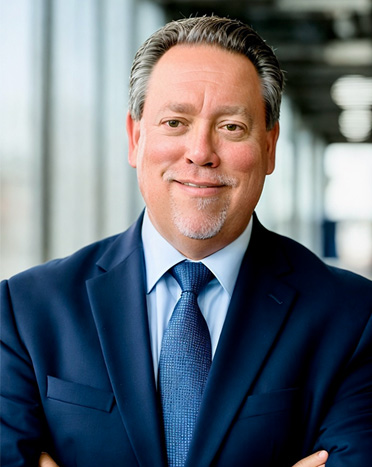BALTIMORE, MD, August 23, 2022 – New audio is available for media use featuring Rajiv Garg. He is an Associate Professor of Information Systems & Operations Management in the business school at Emory University. He discusses the funding challenges after natural disasters. This content is made available by INFORMS, the largest association for the decision and data sciences. What follows are 4 questions and responses, these responses were provided on August 23, 2022.
Question 1: Once a natural disaster like a hurricane hits, what are the biggest challenges for disaster recovery organizations?
Time Cue: 0:24, Soundbite Duration: :37
“The biggest challenge is correctly and equitably allocating resources to help people in areas that are most severely affected or impacted by the hurricane. Usually, data sources post-hurricane are sparse, sporadic and noisy to develop a reliable and trusted relief and recovery plan. Now, I mean we have a more innovative technological infrastructure and place but they are not providing the rapid data right now to enable this resource allocation post-disaster.”
Question 2: What are the factors that make funds allocation so challenging?
Time Cue: 1:08, Soundbite Duration: 1:04
“The two key things that make fund allocation challenging are accountability and limited budget. Fund allocation is dependent on traditional methods of appraisal of losses in the entire impacted area. It takes an appraiser anywhere from few minutes to a few hours per property to assess the losses caused by a disaster. During Hurricane Katrina there were 850,000 houses that were damaged. During Hurricane Harvey there were over 200,000 houses that were damaged. If you assume there was 100 appraisers working 40 hours a week and on an average religious assume they're covering one house per hour, it would take a whole year for the appraisers to estimate losses after Hurricane Harvey, or four years for Hurricane Katrina. So, we need to utilize these modern technologies – data, the drones, the unmanned vehicles, image processing, IoT, to understand these losses and understand the data to address these challenges.”
Question 3: How can disaster recovery decision-makers best prepare to ease that decision-making after a natural disaster for the allocation of funds?
Time Cue: 02:18, Soundbite Duration: 1:04
“The fund allocation should be done in phases by estimating the distribution before each phase. I mean if government allocates $5 billion for relief and recovery, maybe decision-makers can allocate those funds in five phases of $1 billion each. Decision-makers need to accept that they can't do a perfect for fund allocation quickly but they can definitely provide those funds for rapid recovery efforts. We need as a result increased transparency of data and data collection from all possible sources. So, it actually simplifies and puts them to ease their decisions post-disaster. Taking an example, after Hurricane Harvey, Texas State created a platform for the public to post geo-tagged images of damages to residential properties to accelerate the understanding of losses in different areas. We need solutions like that.”
Question 4: When proper systems and processes are in place for funds allocation in the wake of a natural disaster, what does the best possible outcome look like?
Time Cue: 03:32, Soundbite Duration: 1:23
“Now when proper systems and processes are in place, I would expect that within the first week after the disaster hits funds will start getting allocated to the social and vulnerable population in the impacted state. Those are the people who need more help during that time. This allocation will keep happening every two-to-four weeks from that point on as more and more data is processed. And hopefully 80 percent of the funds could be allocated to the impacted population within the first three months after the disaster. The remaining 20 percent of the funds could be used to fill gaps in any estimation errors. We cannot be perfect, one hundred percent perfect in those three months, but we can keep that 20 percent of funds to cover those gaps. And if we help people get back on their feet faster, they will contribute to the economic recovery throughout the entire region. These recovered households - people are also likely to contribute to the recovery of others as well. So, we need to, using the right processes and these systems in place, I mean we can get to a point where open-source analytics could be developed for policy decision making.”
# # #
About INFORMS
With more than 12,000 members from around the world, INFORMS is the largest association for the decision and data sciences, made up of professionals and students. INFORMS members support organizations and governments at all levels as they work to transform data into information, and information into insights that lead to more efficient, effective, equitable and impactful results.


Media Contact
Jeff Cohen
Chief Strategy Officer
INFORMS
Catonsville, MD
[email protected]
443-757-3565

